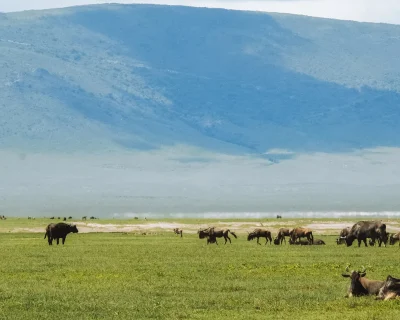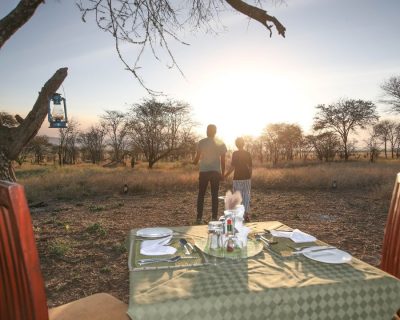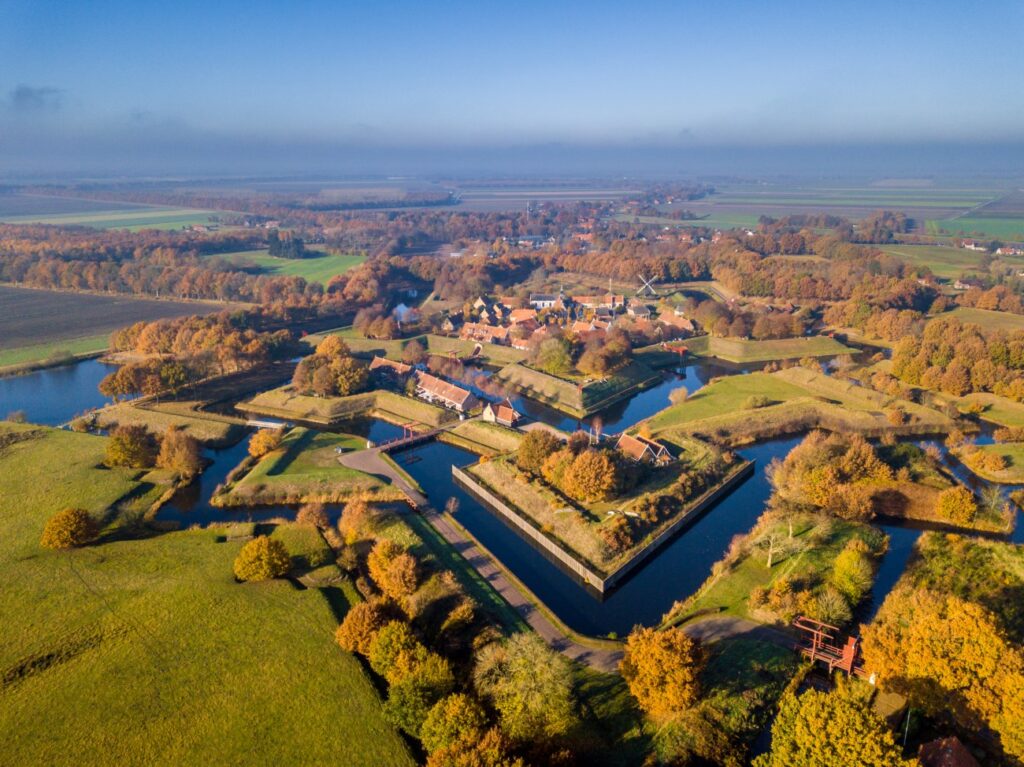Introduction: What Makes Ngorongoro Crater So Special?
Ngorongoro Crater is one of the most iconic safari destinations in Africa—and with good reason. Formed by the collapse of a massive volcano millions of years ago, the crater is now a self-contained wildlife haven and UNESCO World Heritage Site. Measuring about 20 kilometers across and over 600 meters deep, it’s the largest intact volcanic caldera in the world and home to more than 25,000 large animals.
But Ngorongoro is more than just a scenic marvel. It offers something rare in safari terms: the chance to spot all of the Big Five (lion, elephant, buffalo, leopard, and rhino) in a single day, all within a relatively compact and accessible area. With dramatic scenery, rich biodiversity, and a unique blend of wildlife and Maasai culture, Ngorongoro raises a lot of questions for first-time visitors. Here are the answers.
1. How much does it cost to visit Ngorongoro Crater?
Visiting Ngorongoro Crater isn’t cheap, but it’s worth every dollar for what it offers. The standard entry fee is around $70 per person per day, and to descend into the crater, a separate $295 crater fee per vehicle is charged for a half-day game drive. This fee structure helps manage traffic, support conservation, and maintain park infrastructure.
These costs are typically included in safari packages, but if you’re organizing independently, you’ll also need to factor in 18% VAT, guide services, vehicle hire, and possibly accommodation or camping fees. It’s best to confirm what’s included with your safari provider to avoid surprises.
2. Can I visit Ngorongoro Crater independently, or do I need a tour?
In theory, independent visits are allowed if you have a private vehicle and handle the permits and fees yourself. But in practice, most travelers book through a licensed tour operator or accommodation provider who handles all logistics. The rules are strict, and you must drive a registered 4×4 safari vehicle and descend with a licensed guide.
Going with a tour company not only simplifies the paperwork but also enhances the experience. Professional guides know where animals tend to be, how to navigate weather and park conditions, and can enrich the trip with local knowledge.
3. What wildlife can I see in the Crater?
Ngorongoro Crater is famous for its high density of wildlife. You’ll likely see lions, elephants, zebras, buffaloes, hippos, wildebeest, and the critically endangered black rhino. There’s also a strong presence of hyenas, jackals, and occasionally cheetahs and leopards, especially in early morning hours.
Bird lovers will appreciate over 500 bird species, including flamingos around Lake Magadi, secretary birds, vultures, and the beautifully crowned crane. Since the crater acts like a natural enclosure, wildlife rarely migrates out—making year-round sightings highly reliable.
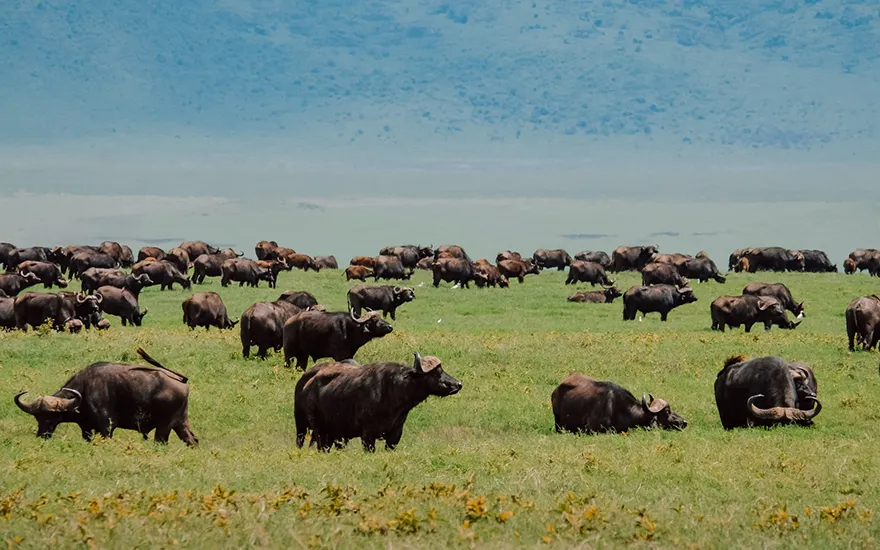
4. What are the best things to do in Ngorongoro Crater?
The primary activity is a game drive on the crater floor, which offers some of the most concentrated and rewarding wildlife viewing in Africa. Most drives last 4–6 hours, usually starting early in the morning. Scenic stops like Ngoitokitok Springs and Lake Magadi are great for breakfast picnics and birdwatching.
Outside the crater, visitors can take guided walks along the rim, visit local Maasai bomas to learn about traditional culture, or explore lesser-known areas of the conservation area on foot. These side activities add cultural and geographical depth to a wildlife-focused itinerary.
5. What is the best time to visit?
Ngorongoro is a year-round destination, but each season offers something different. The dry season (June–October) is best for photography and spotting animals in short grass. It’s also peak season, so expect more vehicles and higher prices.
The green season (November–May) brings dramatic landscapes, newborn animals, and fewer tourists. Some roads may be muddy, and morning fog is common on the crater rim—but many find the light, greenery, and quiet atmosphere worth it. Shoulder months like May and early November offer a nice balance.
6. How do I get to Ngorongoro Crater?
Ngorongoro lies about 180 kilometers west of Arusha, Tanzania’s main safari hub. Most visitors travel by road, either as part of a longer safari circuit or in a dedicated transfer. The drive takes about 3.5–4 hours and passes through beautiful highland scenery.
If you prefer to fly, small aircraft service nearby airstrips such as Lake Manyara, with transfers arranged from there. The crater is often visited in combination with Tarangire, Lake Manyara, and the Serengeti, all easily accessed within the northern circuit.
7. What should I pack?
Pack for varied weather and changing temperatures. Mornings on the crater rim can be very cold (especially from June to August), so bring warm layers, a fleece jacket, and possibly gloves or a hat. By mid-day, it warms up, so light layers underneath are helpful.
Also essential: binoculars, a good zoom lens camera, insect repellent, sunblock, lip balm, and a reusable water bottle. If you’re camping, be sure your gear is rated for cold nights. Many camps and lodges provide blankets and hot water bottles, but it’s best to confirm in advance.
8. Where can I stay?
You’ll find everything from public campsites to ultra-luxury lodges near the crater. If you want to be close to the action, consider staying on the crater rim itself—places like The Castle at Ngorongoro provide both charm and proximity, allowing early morning descent without long transfers.
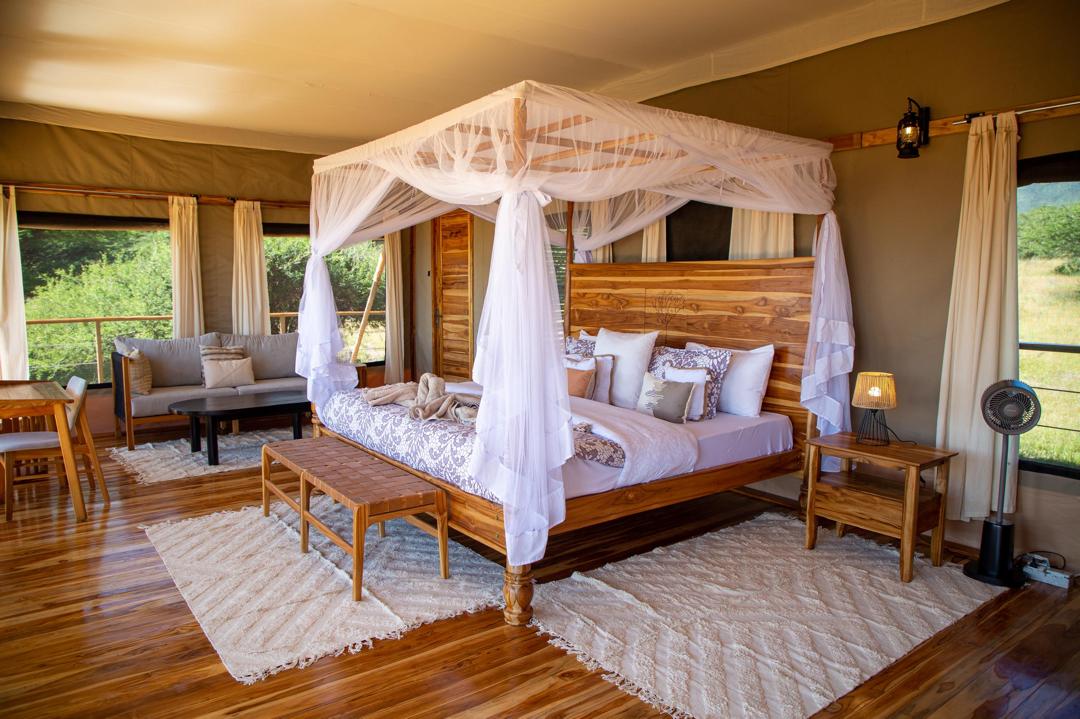
If you’re continuing to Serengeti or Tarangire, strategically located properties like Naserian Safari Camp help you transition smoothly between parks while keeping the experience immersive and coordinated. Most accommodations offer full-board and can include your crater permits and guided drives.
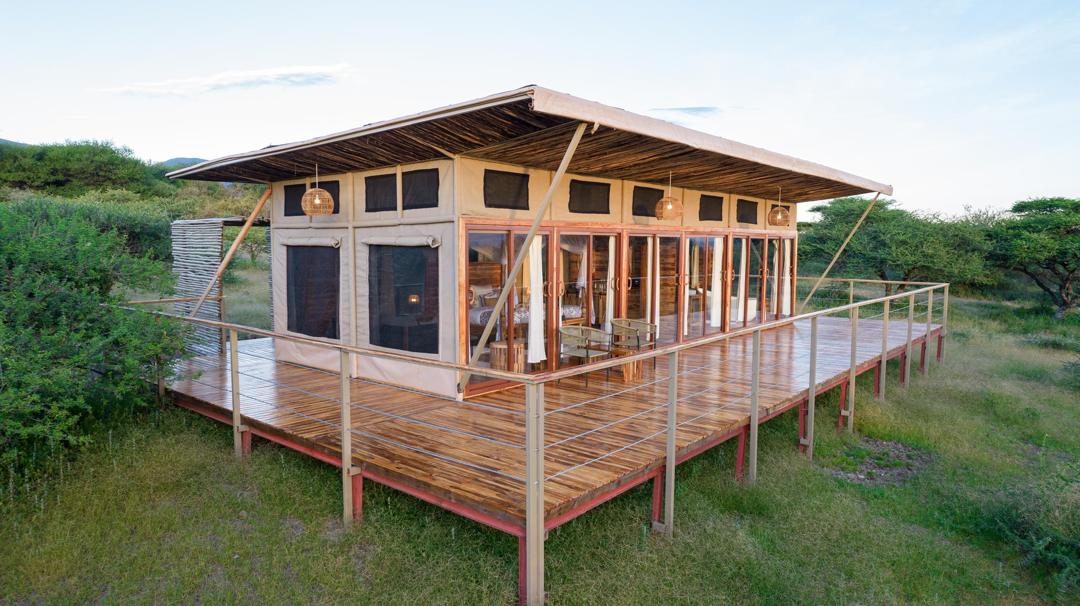
9. Is it crowded?
Ngorongoro is a popular destination and can feel crowded, particularly in dry season when vehicle traffic concentrates around wildlife sightings. Because the crater is relatively small (about 260 sq km), it doesn’t take long before multiple vehicles gather in the same area.
The best way to avoid crowds is to descend as early as possible when the gate opens (around 6:00 AM), and to travel in the shoulder or rainy seasons. Booking accommodation inside the conservation area also gives you a head start over day-trippers coming from farther away.
10. What makes Ngorongoro unique?
Ngorongoro stands out because it combines scenic beauty, biodiversity, and human history in one protected area. The crater itself is the world’s largest intact volcanic caldera, filled with plains, lakes, forests, and swamps—each supporting different wildlife.
But what makes it truly special is the coexistence of nature and people. This is one of the few places in Africa where traditional Maasai communities still graze their cattle alongside wild animals, all under a conservation model. It’s this mix of ecology, culture, and accessibility that makes Ngorongoro a must-see for any traveler to East Africa.
11. Is Ngorongoro safe for visitors?
Yes—Ngorongoro is a very safe destination for travelers. Guided game drives are conducted in well-maintained vehicles, and accommodations are experienced in handling wildlife proximity. The crater is highly regulated, with rangers and patrols monitoring activity.
However, wildlife is wild. You’ll be expected to stay inside your vehicle during game drives and avoid walking alone at night. Camps are typically fenced or have staff escorts after dark. Follow instructions and safety briefings, and you’ll have a secure and unforgettable experience.
12. Can children go on safari in Ngorongoro?
Children are welcome, but some considerations apply. Very young kids may struggle with early mornings, long drives, and sudden temperature changes. Some lodges have age restrictions for crater descents, so it’s important to check before booking.
That said, family-friendly lodges and camps like The Castle at Ngorongoro cater to kids with flexible meals, family rooms, and tailored game drives. With proper planning, Ngorongoro can be a magical, educational experience for children.
13. How does Ngorongoro compare to the Serengeti?
Ngorongoro offers dense, reliable wildlife in a compact area—perfect for short visits or focused Big Five sightings. The Serengeti, by contrast, is vast and seasonal, known for its Great Migration and endless savannahs.
Many travelers combine the two for a well-rounded safari. Ngorongoro gives you intensity and variety in a single day; the Serengeti offers scale and spectacle. Together, they form the backbone of Tanzania’s northern safari circuit.
14. Can I combine Ngorongoro with other destinations?
Absolutely. Ngorongoro is commonly combined with Serengeti, Tarangire, Lake Manyara, and even Zanzibar for a beach break after safari. These destinations are part of the northern route, and a well-planned itinerary ensures smooth transitions and no wasted travel time.
Properties like Acacia Collections’ The Castle at Ngorongoro and Naserian Safari Camp are positioned to simplify this experience—keeping logistics efficient and enhancing the safari journey across multiple parks.
Final Thoughts
Ngorongoro Crater is a rare place where dramatic geology, rich wildlife, and vibrant culture all come together. Whether you’re planning a once-in-a-lifetime safari or returning to see what you missed, this extraordinary caldera delivers unforgettable moments—from lion sightings in morning mist to sunset views from the crater rim.
Planning ahead, understanding the rules, and choosing the right accommodation can make your visit smooth and deeply rewarding. And with properties like The Castle at Ngorongoro and Naserian Safari Camp, your stay can be both immersive and comfortable from start to finish.
If you have more questions or are ready to start planning your safari, feel free to get in touch with us.

